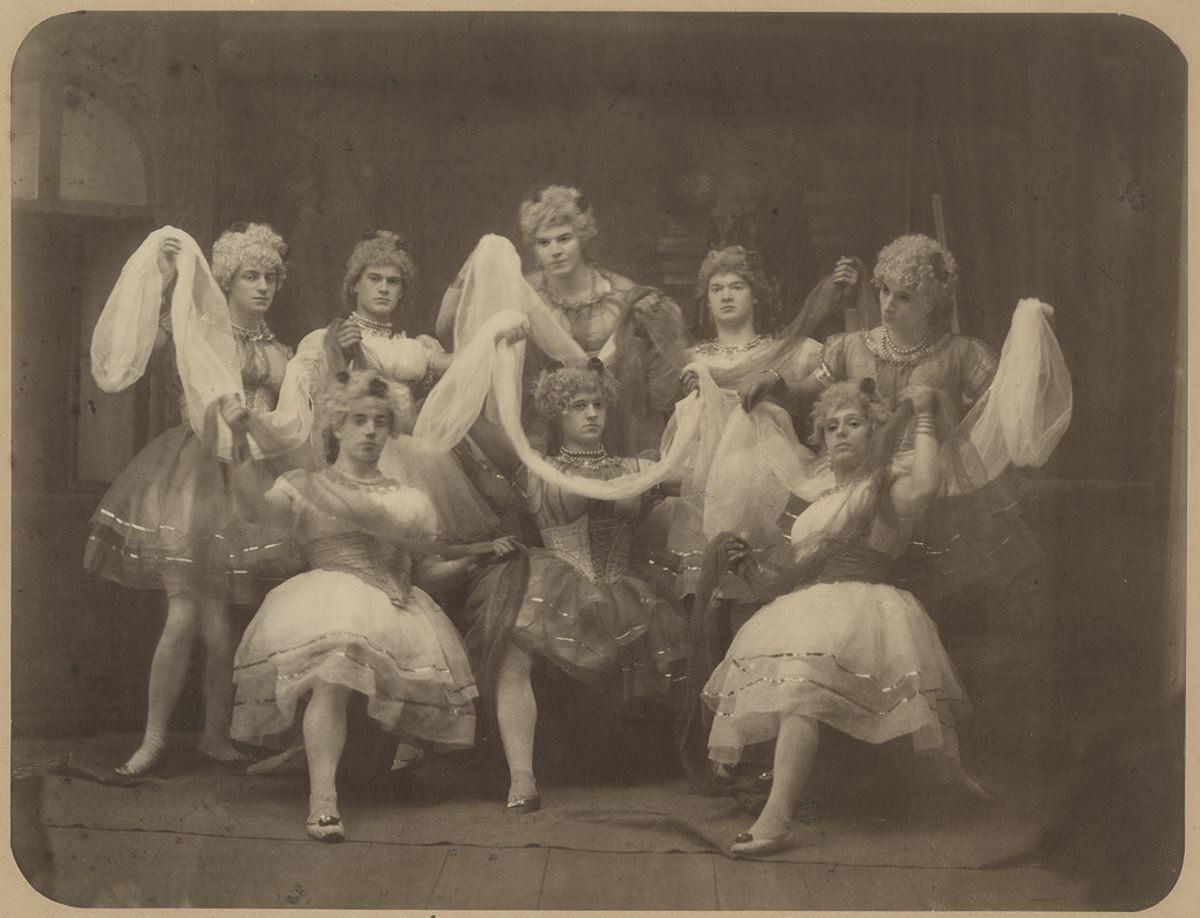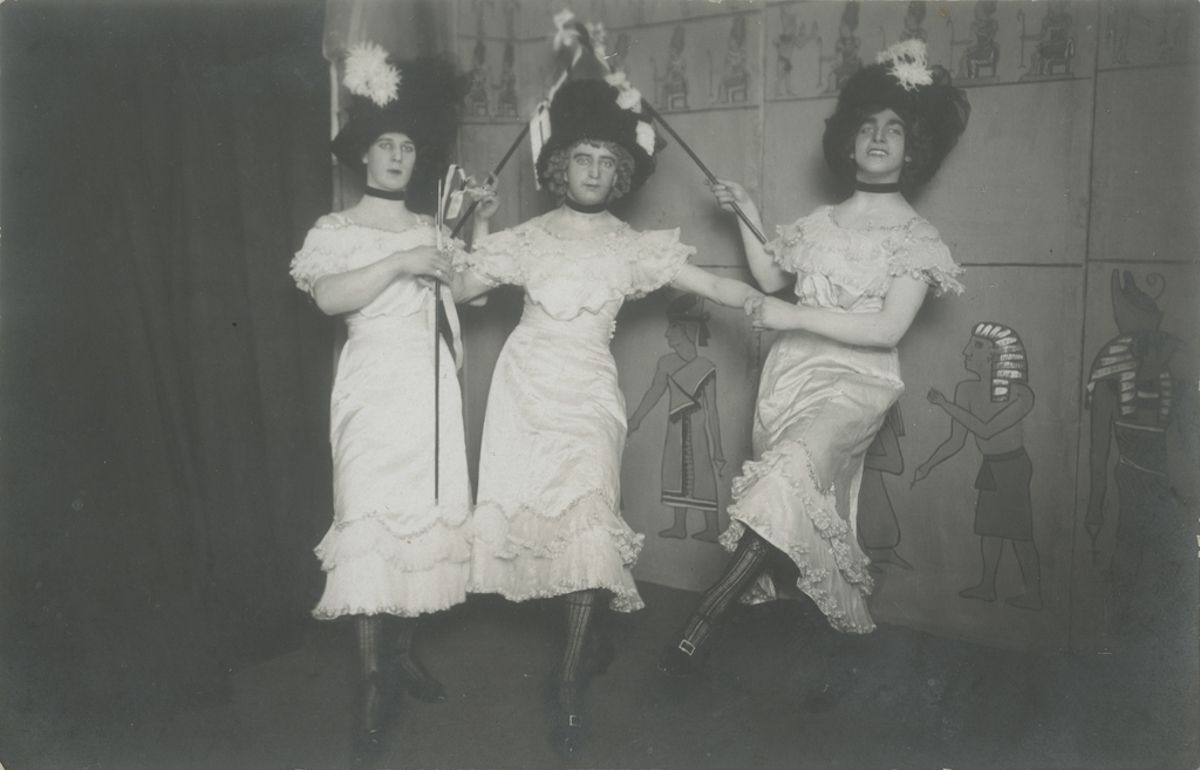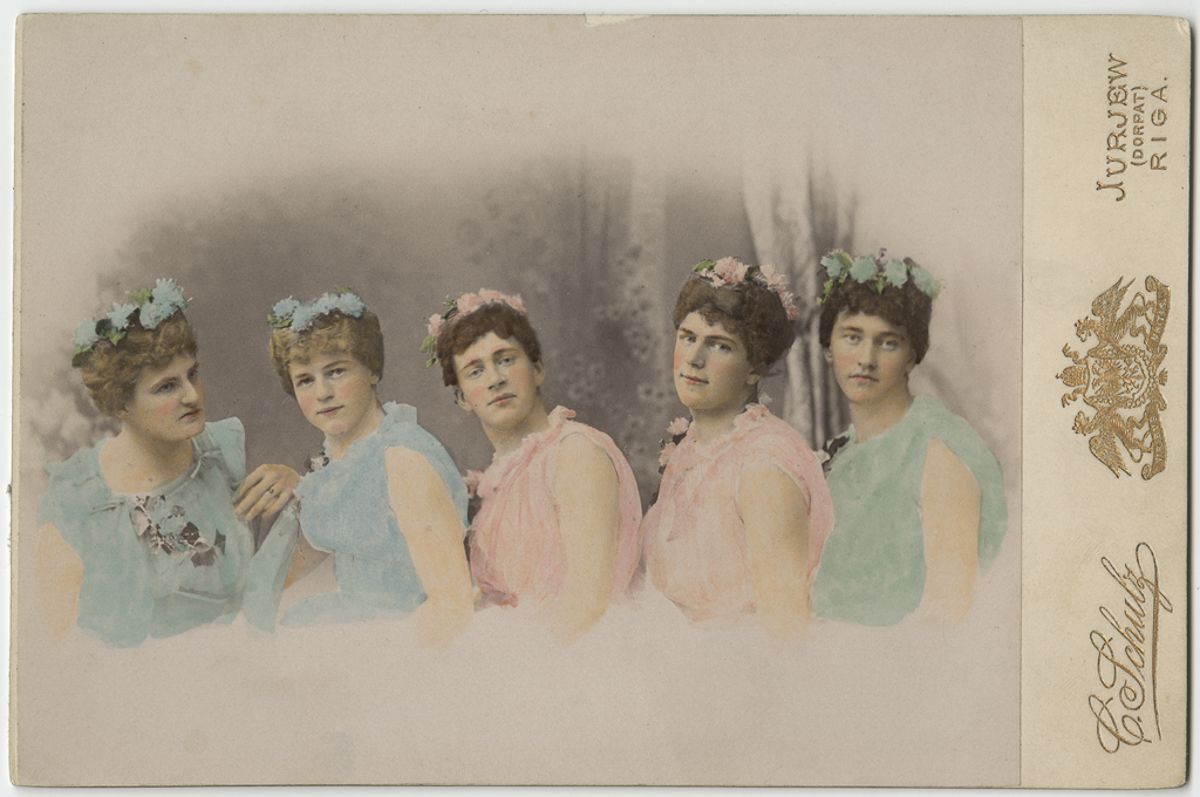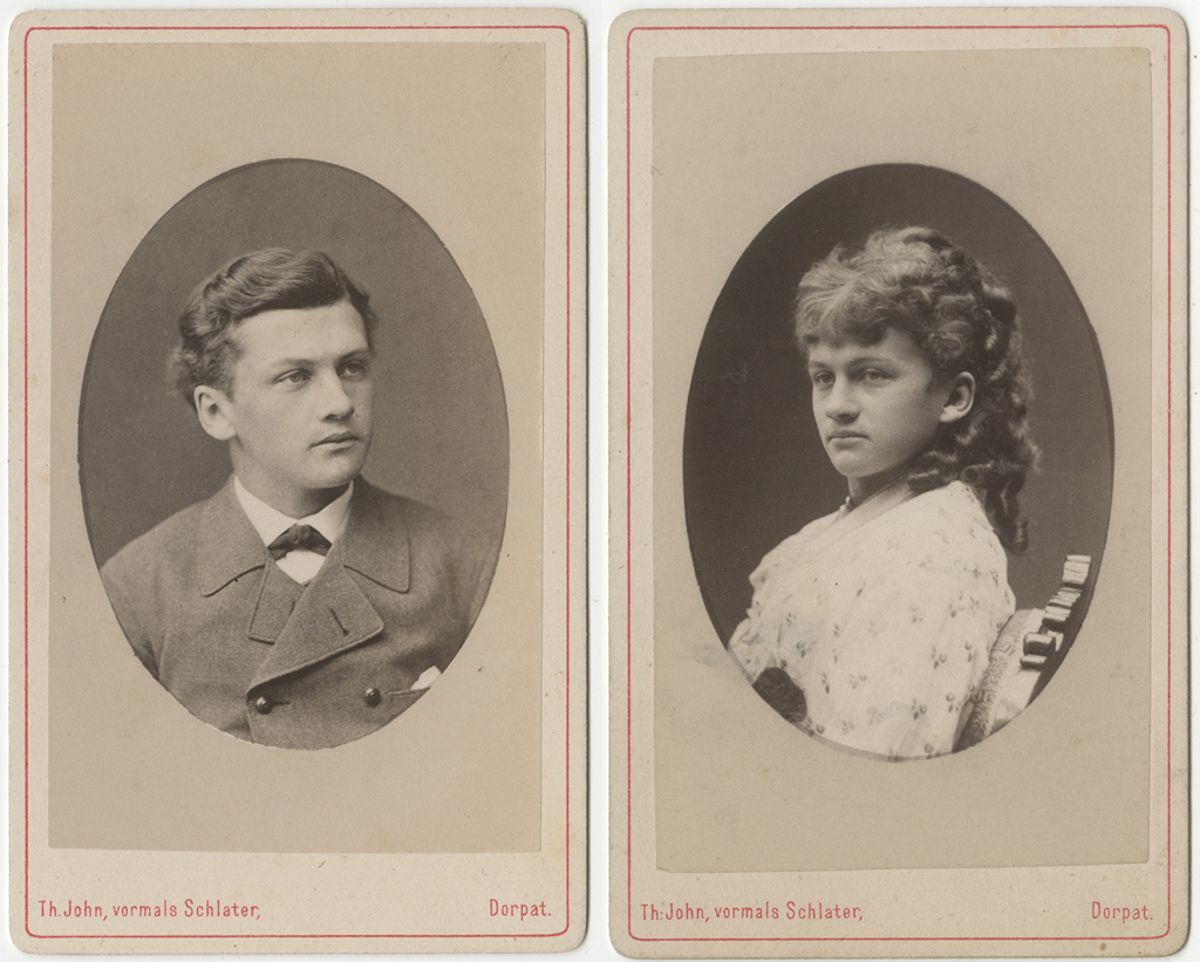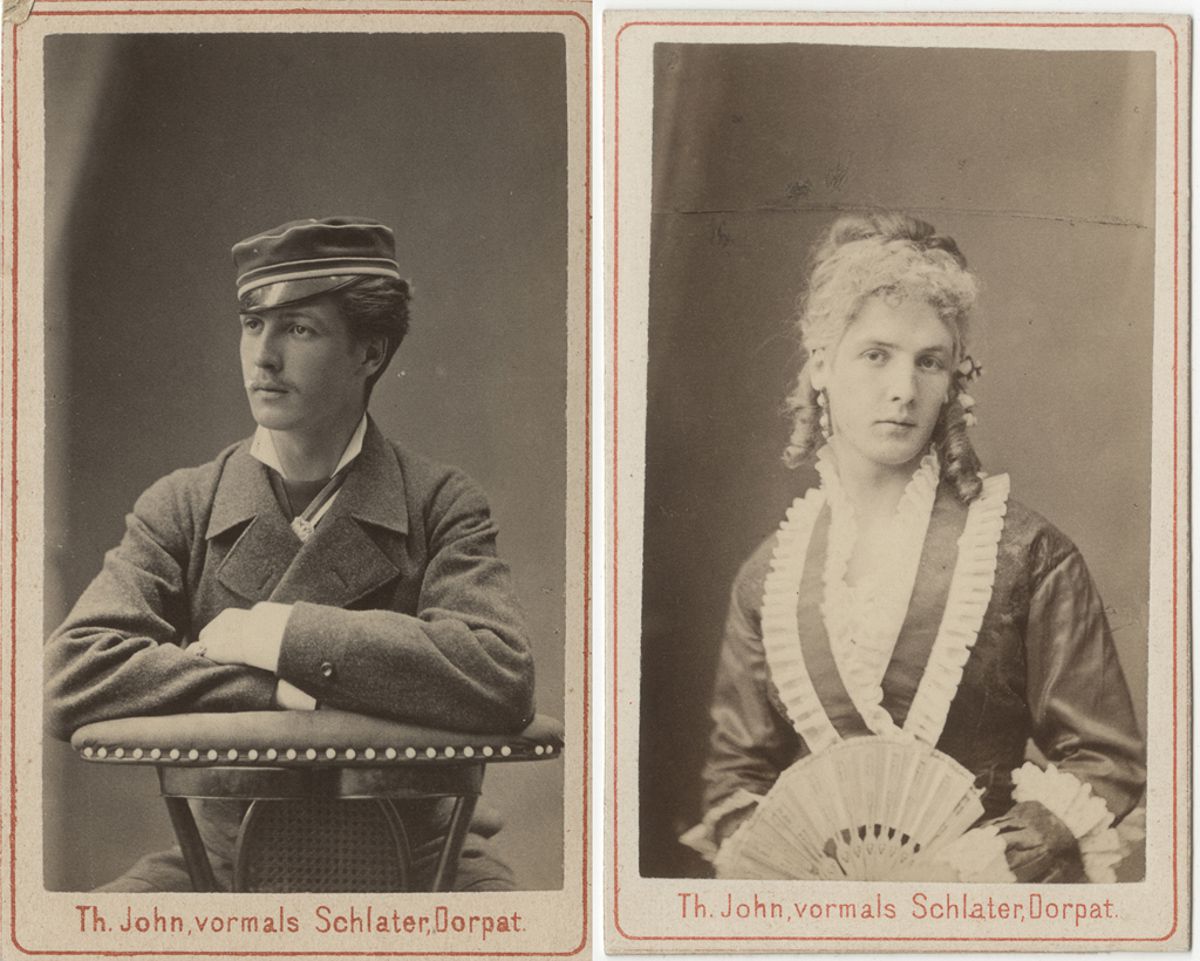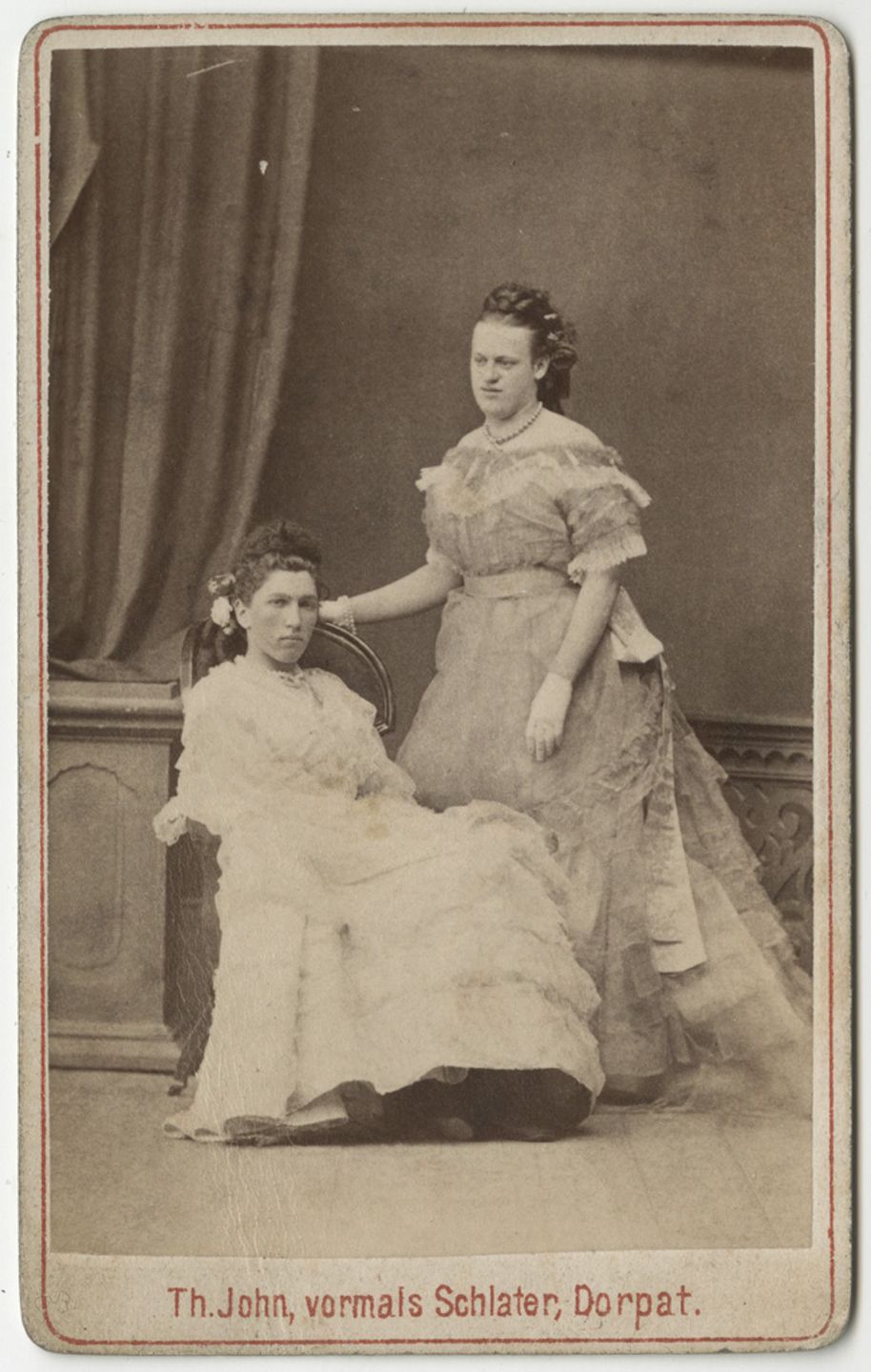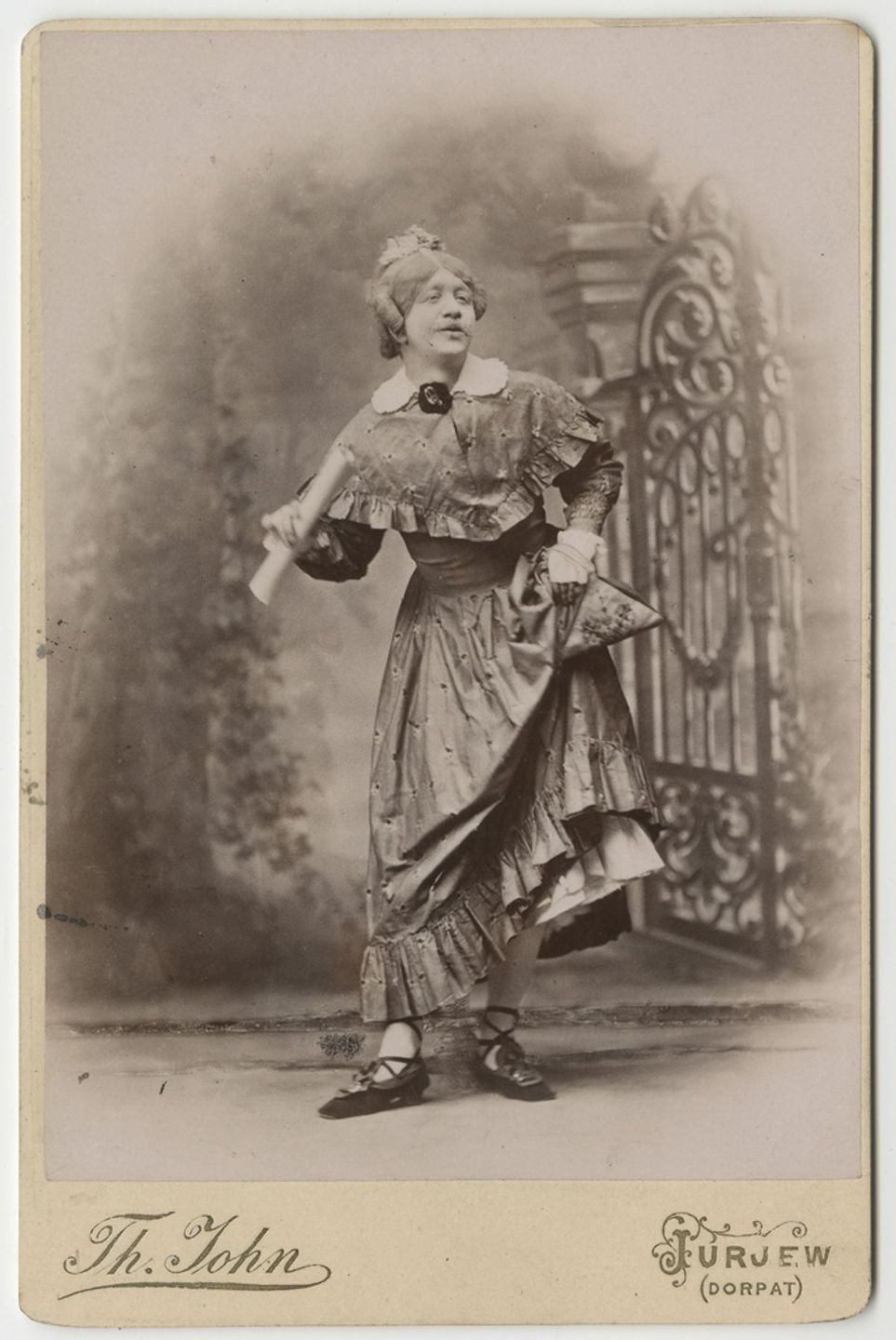The all-male pledges were expected to play both male and female roles and they actually committed themselves to costuming and makeup with a serious degree of attention. The actors visited local photographers in costume, and the images were created as memorabilia and as cartes de visite which could be purchased by students and audiences. As these were all-male groups, the female characters were especially popular. Many societies prohibited women from performing on stage, so boys and men took the female roles. In the ancient Greek theatre, men played females, as they did in English Renaissance theatre and continue to do in Japanese kabuki theatre (see onnagata). Chinese opera was traditionally all-male, which led to the ride of female-led yue or Shaoxing opera. In the Victorian period English actresses impersonated men in theater, and in America actresses like Anne Hindle also impersonated men in her performances. She had a low voice and shaved regularly her facial hair to cause it to form a stubble. Cross-dressing in motion pictures began in the early days of the silent films. Charlie Chaplin and Stan Laurel brought the tradition of female impersonation in the English music halls when they came to America with Fred Karno’s comedy troupe in 1910. Both Chaplin and Laurel occasionally dressed as women in their films. Even the beefy American actor Wallace Beery appeared in a series of silent films as a Swedish woman. The Three Stooges, especially Curly (Jerry Howard), sometimes appeared in drag in their short films. The tradition has continued for many years, usually played for laughs. Only in recent decades have there been dramatic films in which cross-dressing was included, possibly because of strict censorship of American films until the mid-1960s.
(Photo credit: National Archives of Estonia / Mashable / Wikimedia Commons). Notify me of new posts by email.
Δ Subscribe
